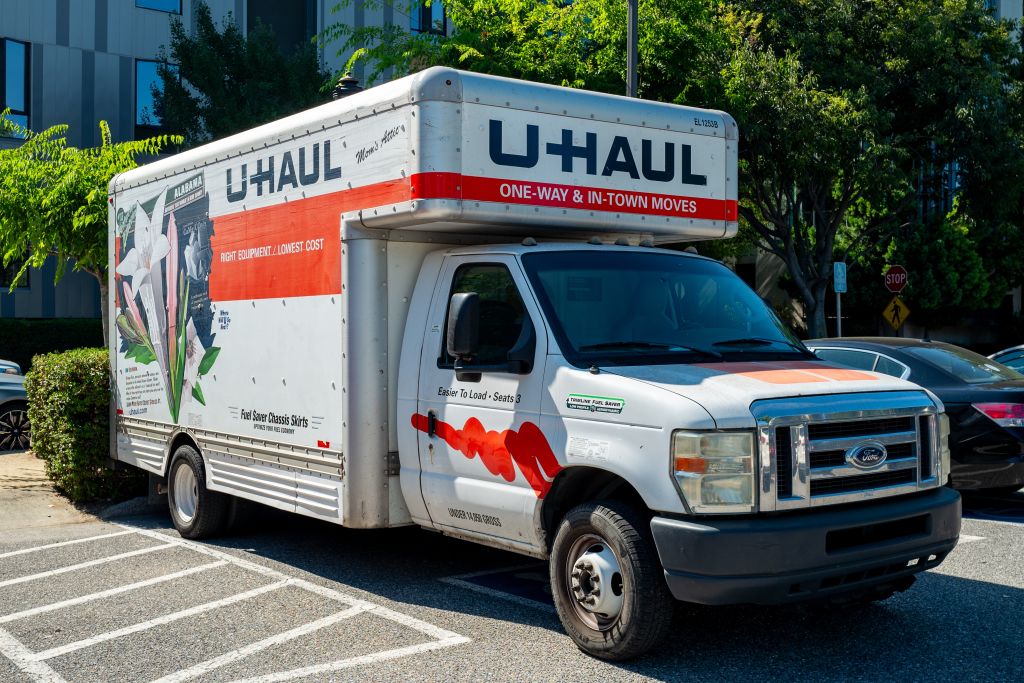



Will the Golden State’s population decline rather than increase this year? It could, and already has, happened. Usually, there are more people moving to the territory than leaving. But in 2020, during President Donald Trump’s first term, California saw a decline in residents, a phenomenon many blamed on Trump. The state has more immigrants than any other in the nation, so it stands to reason that the president’s ambitious deportation policy will hit especially hard in the Golden State. And now some are very concerned they will see an even sharper decline than before.
Normally, California has between 140,000 and 150,000 people each year move in from other countries. In 2020, however, just 29,000 did so, which state officials blame on the Trump administration for stopping new visas for most of that year. There were other variables, of course, such as the COVID lockdowns that prevented international students from moving to California. And then there’s the steady birth rate decline across the nation.
According to the Public Policy Institute of California, the Golden State is home to 10.6 million immigrants. The most current year of data from 2023 showed that over a quarter of the state’s population was foreign born, more than double what other states had. Furthermore, almost half of the children have at least one immigrant parent, and a third of adults of working age (25 to 54) are foreign-born as well.
Immigrants and those here illegally work in key business sectors such as farming, construction, and hospitality. A June report by the Bay Area Council Economic Institute in partnership with University of California, Merced, found that about 11% of the Golden State’s small business owners are in the country illegally. In addition, about 700,000 are homeowners. The study projected that eliminating all undocumented immigrants from California would reduce economic activity by $275 billion, equivalent to 9% of the state’s GDP.
Despite California lawmakers’ claims that illegal immigrants are needed because they do the cheap jobs no American wants to do, it remains one of the most expensive states to live in. The Doxo 2024 Cost of Bills Index (COBI) lists California as the second most expensive state to live at 42% above the national average; Hawaii is number one. With the growing popularity of working from home, people have been moving to less expensive areas.
Those looking to settle down and buy a house can expect to pay at least $787,508, the median price in California, according to Zillow. Add in the 12.3% state income tax – the highest in the nation – and the most expensive gas prices, and many simply can’t afford to live there.
Businesses are also leaving California. Since 2018, 441 companies have moved their headquarters to another state, usually Texas. Jobs are harder to find as well, with the last quarter of 2024 showing no “job creation,” according to federal data.
People just aren’t seeking to fulfill their dreams by moving to the Golden State as much as before, and this is a trend that has been going on for years. However, 2020 saw a massive population dump, and so far, 2025 is shaping up to be the same. Are mass deportations to blame? Partly, but there are many more factors that helped the Golden State lose its shine.
